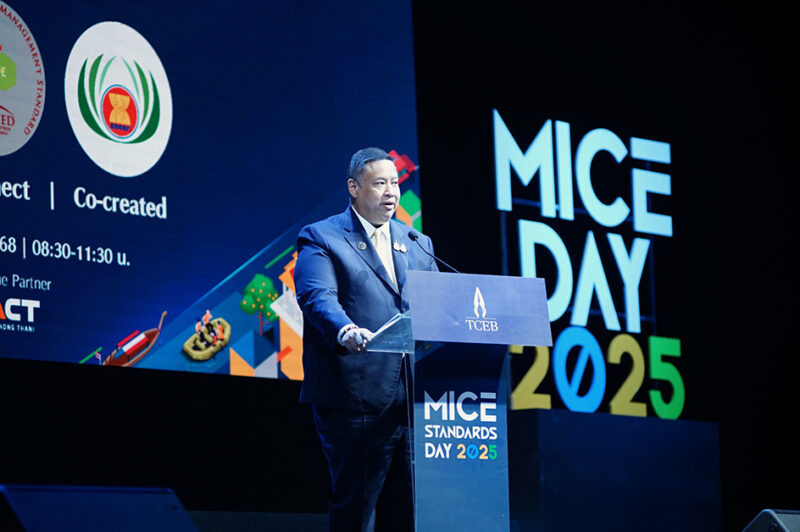
Bayferrox pigments from the Ningbo process now available
Outstanding product characteristics fulfill the high demands of the coatings industry
LANXESS aims to further expand the color potential of iron oxide red pigments
Bangtkok, 6 November 2017 – Specialty chemicals company LANXESS is now marketing an even more extensive range of iron oxide red pigments. After an intensive testing phase, the Inorganic Pigments (IPG) business unit has successfully concluded the market introduction of its New Red pigments, manufactured by the Ningbo process. “This new generation of iron oxide pigments is a perfect addition to the top-selling range that LANXESS has been manufacturing by the Laux process for over 90 years at its Krefeld-Uerdingen site. “All the New Reds fulfill the high quality demands of the paints and coatings industry and deliver high chromaticity and tinting strength,” says Stephan Spiegelhauer, head of IPG’s Paints & Coatings Competence Center.
In the mid-range color segment for reds, LANXESS offers the new pigments Bayferrox 520, Bayferrox 5272, Bayferrox 525 and Bayferrox 530. The new grades Bayferrox 510, Bayferrox TP 5278 and Bayferrox TP 5279 satisfy demand for more yellow-shade red pigments.
All of the new Bayferrox grades are produced at the site in Ningbo, China. The high-tech plant for manufacturing synthetic iron oxide pigments uses what has been dubbed the “Ningbo process.” Based on patented technology, this uniquely sustainable manufacturing method meets the most stringent environmental standards and covers the entire color spectrum of iron oxide pigments in the mid and yellow-shade red color range.
Outstanding product characteristics meet the high demands of the coatings industry
Extensive testing has confirmed that the New Red pigments meet the high standards of the Bayferrox brand. Effective milling reduces the proportion of aggregates and agglomerates. The new grades can be easily dispersed, even at low shear forces. In most cases, a dissolver-based dispersion process is sufficient for this purpose. At higher energy input levels, coating systems formulated with these grades prove to be stable against the otherwise common issue of color drift. Another positive aspect: the New Red pigments can be used at high loading levels, making them ideal for use in concentrated paste systems.
In addition, surface-active substances, such as wetting and dispersing additives, can be easily and rapidly taken up by the pigment surface. This supports the optimal long-term stability of a coating system, because it significantly reduces any tendency towards sedimentation.
Good and homogeneous incorporation of the pigments into a coating system, combined with suitable binders, ensures stable gloss and low haze levels. Furthermore, the pigments display outstanding compatibility with both liquid formulation aids and solid ingredients, such as white pigments and fillers.
The new red pigments also show impressive results for viscosity and flow behavior: coating systems formulated with the new Bayferrox red pigments usually display only slightly pseudoplastic behavior, even at high pigment concentrations. In other words, the viscosity decreases slightly as shear forces rise, so that highly concentrated end products are still easily pumpable. This is ideal for most paint and coating applications.
Additionally, the Ningbo process significantly reduces the residual, water-soluble salt content of the pigments, making them suitable for use in corrosion-resistant coatings.
Expanding the color space of iron oxide red pigments
LANXESS continues to invest in the development of innovative red pigments, its goal being to steadily expand the color space while at the same time achieving improved pigment characteristics. “We still haven’t exhausted the color potential of iron oxide red pigments,” says chemist Christine Kathrein, head of product development in Product and Business Development at IPG. “For example, by fine-tuning the parameters of the manufacturing process, we can positively influence the chromaticity of the pigments, which is affected by factors such as particle size and shape, porosity, doping and particle size distribution,” she explains. Another critical aspect for improving color characteristics is having a thorough understanding of how the individual pigment properties influence their interaction with visible light. “Superior colors are obtained by balancing the individual parameters during synthesis and processing. Based on our experimental results and theoretical calculations, we are optimistic that we will be able to expand the current color limits of iron oxide red pigments in the near future,” says Kathrein.
Detailed information can be found on the internet at www.bayferrox.com.





